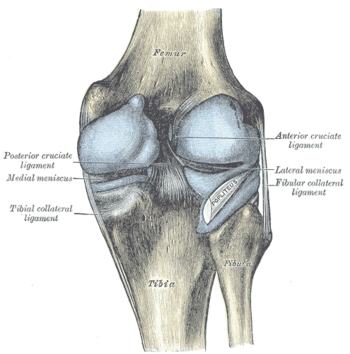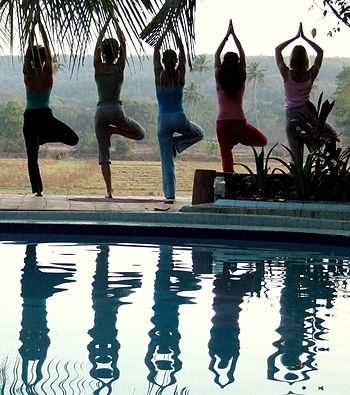 |
| Matthew Baillie (1761 - 1823), physician (Photo credit: Wikipedia) |
 |
| Courtyard of East Pyne Hall, Princeton University, Princeton, New Jersey (Photo credit: Wikipedia) |
 |
| English: Mirror image of heart and lungs. Adapted from Gray's Anatomy. Mirrored and labels removed for possible use on Situs inversus. (Photo credit: Wikipedia) |
By CARL ZIMMER
One day in 1788, students at the Hunterian School of Medicine in London were opening a cadaver when they discovered something startling. The dead man’s anatomy was a mirror image of normal. His liver was on his left side instead of the right. His heart had grown on his right side, not his left.
The report by their teacher, the Scottish physician
Matthew Baillie, was the first detailed description of the condition, which came to be known as
situs inversus and is thought to occur in about one in 20,000 people.
Baillie argued that the condition might help doctors understand how our bodies normally tell the right side from the left.
Mutations that cause situs inversus can lead to a number of serious disorders, including
congenital heart defects. Deciphering the effort of mutated genes could lead to diagnoses and treatments for those conditions.
“Understanding how you put this axis together has a lot of implications for understanding congenital heart disease,” said Rebecca Burdine, a molecular biologist at
Princeton University in
New Jersey.
Dominic P. Norris, a developmental biologist at the
Medical Research Council in Harwell, England, and other scientists are beginning to solve that puzzle. They have pinpointed some of the steps by which embryos’ organs develop on the left or right.
“I know what it is, you know what it is, but how does the embryo learn what it is?” Dr.Norris said.
Our bodies start out symmetrical, the left side a perfect reflection of the right. Asymmetry in the human body begins to show after six weeks.
The heart comes first. Starting out as a simple tube, it loops to the left, later growing different chambers and vessels on each side.
But those visible changes arise long after the embryo has developed differences on its left and right. Experiments have revealed that the early embryo produces different proteins on each side while it still looks symmetrical.
Biologist have pinpointed a single spot where that symmetry breaking starts: a tiny pit called the node, on the embryo’s midline. The interior of the node is lined with hundreds of tiny hairs, called cilia, which spin at a rate of 10 times a second.
“It’s like a blender,” Dr.Norris said. “It just goes round and round. “Tilted, the cilia all push the fluid surrounding the embryo in one direction, from right to left. When scientists reversed that flow in mouse embryos, it resulted in reversed organs.
Once the fluid starts flowing, it takes only three or four hours for the left and right sides to be determined.
The rim of the node is ringed by cilia that respond to the flow without spinning. “We don’t know the nitty-gritty,” Dr. Norris said. “We don’t know the actual mechanics in these cells of what is happening.”
Those cilia may then release calcium atoms that spread to surrounding cells. Those cells respond by spewing out a protein called
Nodal, which spreads through the left side of the embryo, leaving the left side loaded with Nodal and the right with almost none.
“Nodal seems to be directly telling the cells on the left side to move faster than the ones on the right,” Dr. Burdine said.
The fast-moving cells on the left side drag the entire heart clockwise. From that initial twist, the heart then develops its distinctive left and right sides.
Some studies suggest that these early signals also influence brain development. Scientists have long known that the two sides of the human brain have some important differences. The right hemisphere, for example, plays a big role in understanding the mental lives of other people; the
left hemisphere is important for focusing attention.
As they look at those biological signals, scientists are also studying disorders that may be tied to their disruption.
Situs inversus, the complete flip of the organs that Baillie described in 1788, may be the most dramatic of the disorders, but it is also one of the most harmless. The reversal is relatively safe because all the organs line up. The real danger is in incomplete reversal – “when you get a confusion, when you get things not quite meeting,” Dr.Norris said.
Most worrisome are cases affecting the heart. “If you put the heart in the wrong place, and everything else is correct,” Dr. Burdine said, “that’s almost always fatal.”
She hopes that research on left-right disorders will lead to genetic tests that can predict the risk of hidden heart defects. She even sees an application to attempts to rebuild damaged hearts with stem cells.
“It’s going to be more than just making the right cells,” she said, adding that they would need to be placed in the proper three-dimensional structure and given the correct signals on where to go.
“And one of those signals, “she said, “is the left-right signal.”
Taken from TODAY Saturday Edition, June 15, 2013



























































